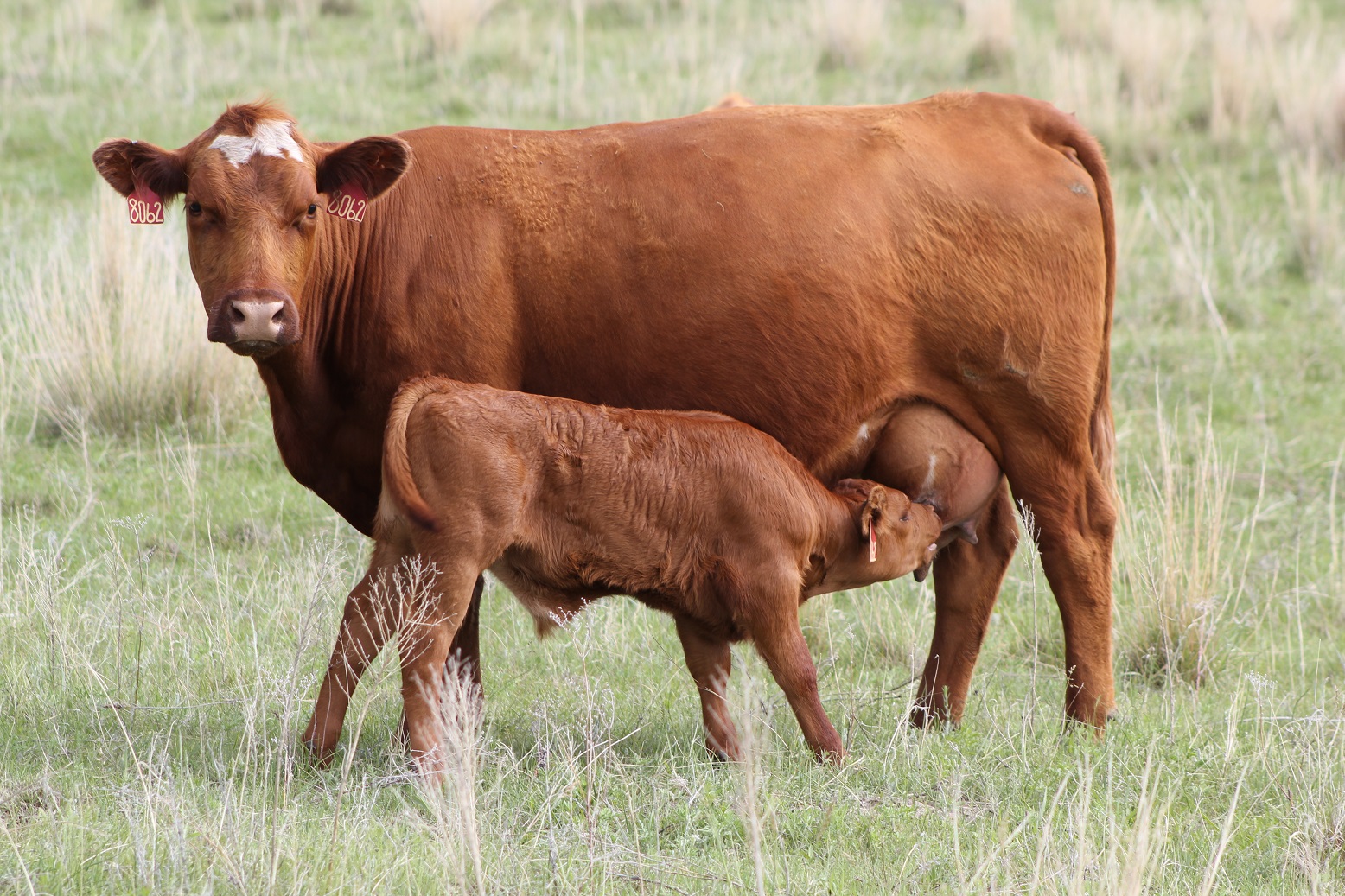Decision Tools for Ranchers

Listen to a discussion of the content in this article on this episode of the BeefWatch podcast. You can subscribe to new episodes in iTunes or paste http://feeds.feedburner.com/unlbeefwatch into your podcast app.
Nebraska ranchers must make many decisions during a normal production year and now have even tougher decisions where they have experienced serious flooding in early 2019. Wide varieties of decision tools are available to help the rancher make the decisions. Some of the tools require a computer office suite, like Microsoft office, with a spreadsheet. Both of the below listed office suites, Libreoffice and OpenOffice, are free suites with spreadsheets. They also are available for PC or Mac operating systems.
Libreoffice: https://www.libreoffice.org/
OpenOffice: https://www.openoffice.org/
Cow-Calf cost Cow Q Lator: This spreadsheet will calculate an estimated cost of production and profit or loss per calf sold over time. The spreadsheet includes all costs of production, variable and fixed. In addition, the spreadsheet uses production metrics to calculate costs. The spreadsheet calculates probability of profit and displays it graphically. If profitability is negative, the user can change inputs to find ways to reduce cost of production. The inputs that drive cost most include summer feed costs and herd ownership costs.
https://extension.unl.edu/statewide/westcentral/ag-economics/
Beef producers who have lost cows due to flooding and weather disasters may want to consider the cost of replacements when restocking the herd. Prices paid for replacements drive costs as noted above. The article below lays out the breakeven value of replacements assuming various cost and culling metrics.
Ranchers may also personalize the replacement valuation with a University of Wyoming web tool below. Ranchers must know their annual carrying costs per cow to use the tool. Kansas State University also has a net present value replacement spreadsheet. Both replacement valuation tools provide some sensitivity analysis to their calculations. The Wyoming tool calculates valuation with constant, 5% increasing or 5% decreasing calf prices. The Kansas State University (KSU) tool varies calf prices and cull cow prices over the life of the cow. The KSU tool also considers the varied weaning weights of a calf as the cow ages.
https://uwyoextension.org/ranchtools/cow-valuation-tool/
http://www.agmanager.info/livestock-meat/production-economics/ksu-beef-replacement
A whole ranch-planning tool named FINPACK is another tool that can be used to understand the financial impacts of flooding and herd losses. FINPACK is able to build a base plan, which can include all of the disaster payments, insurance indemnities, new or existing loans, cropping and beef herd plans, cash flow and family living. Finpack requires good accounting data and financial documents to provide good guidance on the impact of decisions. The website below provides additional information about FINPACK.
Some ranchers with flood impacts may decide to rebuild their herds without new debt but will have unused pasture. In this case, ranchers might choose to share lease cattle or provide pasture to ranchers in need of it. More information about share leases can be obtained from the web links below. The first link discusses issues to consider in a share lease and includes an example share lease. A spreadsheet can assist with calculation of fair shares of calves. At the second link, ranchers can download a cow-calf share spreadsheet calculates equitable shares of income based on the input the parties to the share lease provide. For instance, the pasture owner may provide full care to a beef herd in some cases but not in other. The spreadsheet then calculates the share of costs, percentage, each contributes. Income and calves can then be split using the calculated cost percentage.
https://beef.unl.edu/documents/marketing-budget/ec841-beef-cow-share-lease-agreements.pdf
https://extension.unl.edu/statewide/westcentral/ag-economics/
Some ranchers are struggling with adequate feed supplies and have had to find and buy a wide variety of feeds at different prices. Ranchers can use the Feed Cost Cow-Q-Lator which is an Excel worksheet with examples comparing the cost of TDN and Crude Protein in different feeds considering transportation and handling costs with losses. It also calculates the feed needed and total cost given herd size and days fed.
https://extension.unl.edu/statewide/westcentral/ag-economics/
